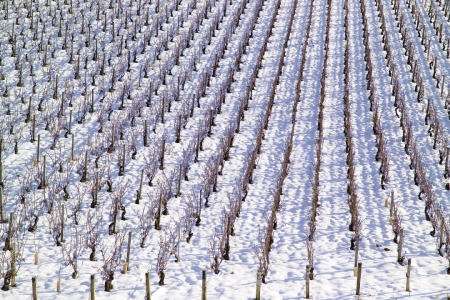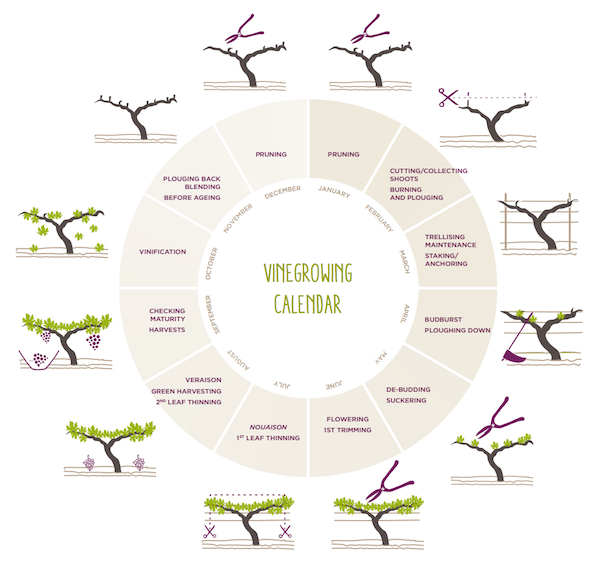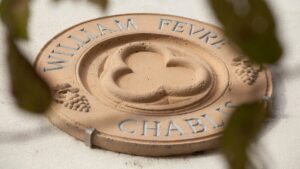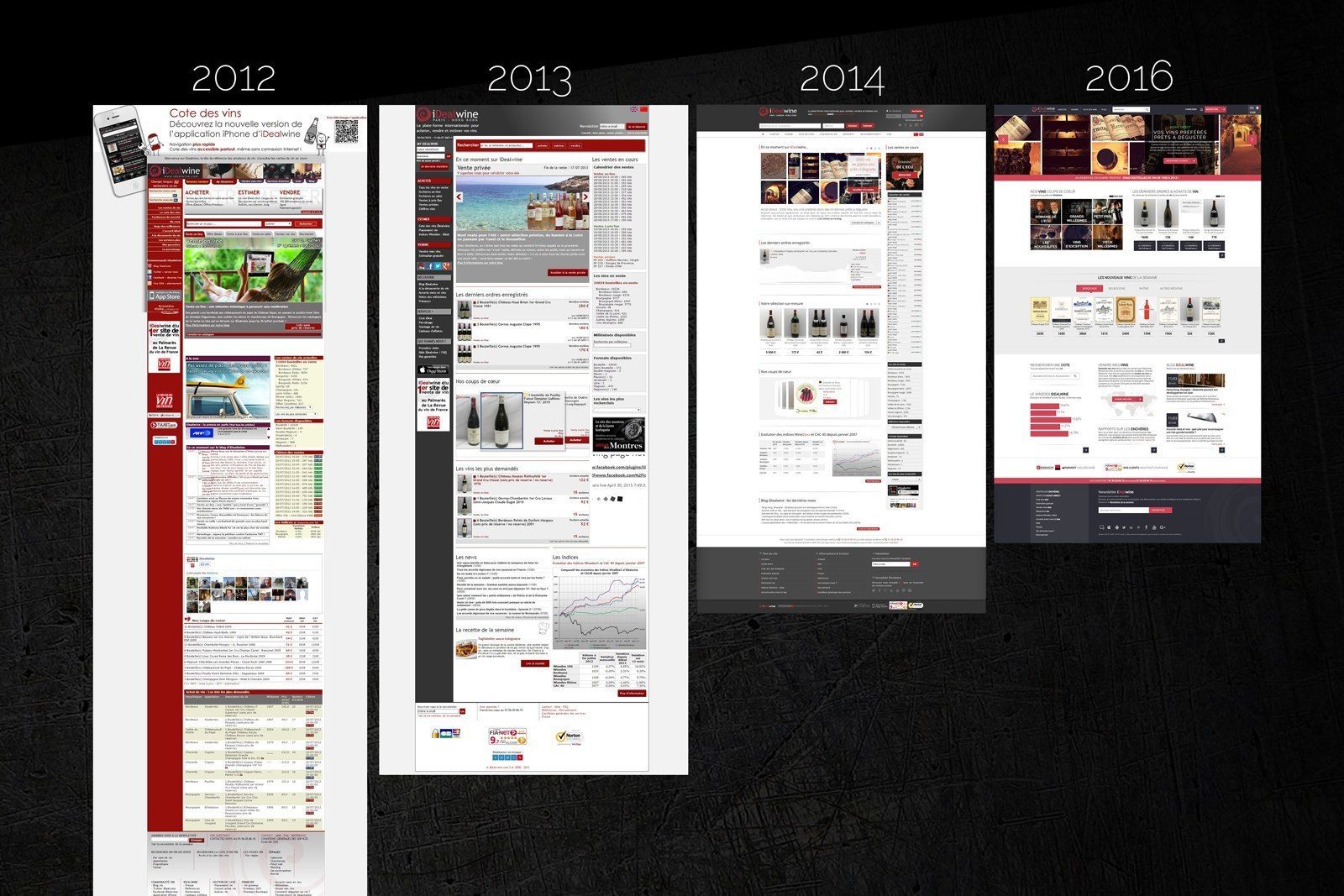 In recent weeks, widespread enthusiasm about the quality of 2015 vintages has given way to growing concern about the current mild winter and its implications for the 2016 harvest.
In recent weeks, widespread enthusiasm about the quality of 2015 vintages has given way to growing concern about the current mild winter and its implications for the 2016 harvest.
Winegrowers had been saying it months before their optimism spread throughout the wine sector when the harvests were over: 2015 was an excellent year for almost all France’s vineyards. The long period of warmth in June and July, tempered by the rain in August and followed by good temperatures in September created the ideal conditions for grapes to ripen. There should not be any major obstacles to selling this fine vintage.
However, after the euphoria, winegrowers have come back down to earth with a bang at the start of 2016. The problem is the excessively mild winter, for the time being the warmest recorded since 1900. Growers may have appreciated working in relatively warm conditions in December, but in January, in most wine regions, the mood has turned to one of worry.

In Avignon, Météo France recorded a difference in average temperatures of +3.6° C compared to the usual for December 2015. In Montpellier, the minimum temperature was +8.3°C compared to the +3.7° C usually recorded. Rainfall has also been abnormally low for the months of November and December.
After celebrating the vintage for 2015, an increasing number of winegrowers, especially in more southern areas, are hoping for a “proper winter”. Unusual climatic conditions are starting to disrupt the natural growth cycle of the vines. In some regions, vines have not entered their dormancy period. This state of rest is vitally important for pruning vines as it stops the plants from growing in all directions. The wine grower can therefore regulate yields in relative peace.
In the Languedoc-Roussillon region, growers can see sap seeping or “bleeding” when they cut the vines. At this point in the year, the sap should have fallen completely. For a number of years now technical advisers on vineyards have been concerned about “insufficiently cold” winters, but this season, there is a real risk of serious consequences for the rest of the year.
There are two possible scenarios:
- The period of mild weather could suddenly give way to a drop in temperature and even to storms. If such conditions continued for a long time and were particularly intense, significant damage could be done. Older vines would be most at risk. If the sap has still not fallen by the time the winter frosts arrive the trunks of the vines could split.
- The mild conditions could continue through January and February. Some growers have already noticed buds forming on other plants. In this scenario, the vines could begin to develop too early, posing problems when the traditional spring frosts arrive.
Finally, with the lack of cold there is a risk of disease propagating. Low temperatures generally help kill off fungi. Although mildew can resist temperatures as low as -20 and -25° C, the winter frosts destroy some outbreaks or at least delay their development in the spring. This problem could lead to earlier and more intense use of chemical treatments – perhaps this is an opportunity to consider the major issues raised at COP21!
While we wait to find out what the rest of the year and the 2016 vintage will bring, why not find out more by reading our articles about the growth cycle of the vine and winemaking techniques? You could also take a look at our current sales of earlier vintages.
To read further on iDealwine Le Blog:
- Sulphure in Wine: is it good or bad?
- Influence of yeasts on aromas
- Will corked wine soon be a thing of the past?
Not yet a member? Quick and free registation on iDealwine.com



